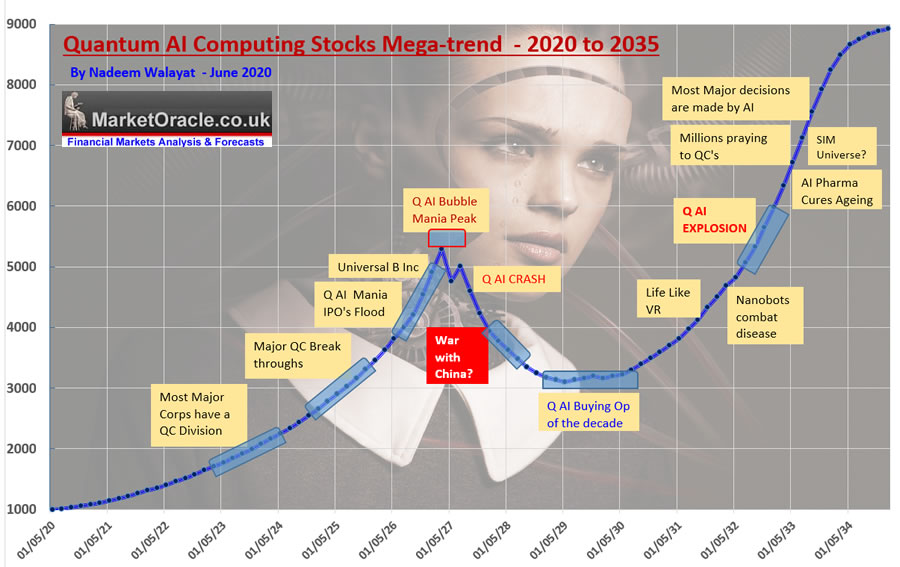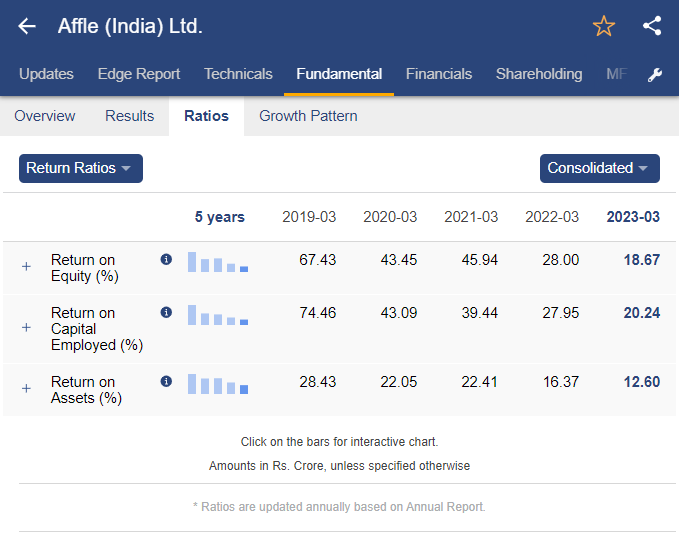Top 10 Tips For Backtesting Being Key For Ai Stock Trading, From The Penny To The copyright
Backtesting is vital to optimize AI trading strategies, particularly when dealing with volatile markets such as copyright and penny markets. Here are ten key tips to make the most of backtesting.
1. Understanding the Function and Use of Backtesting
Tip: Backtesting is a great way to evaluate the effectiveness and performance of a method based on historical data. This will allow you to make better decisions.
It’s a good idea to be sure that your strategy will work before you invest real money.
2. Use historical data of high Quality
Tip: Ensure the backtesting data includes exact and complete historical prices, volume, and other relevant metrics.
For penny stocks: Provide information about splits (if applicable), delistings (if relevant), and corporate action.
Make use of market data that is reflective of events such as halving and forks.
Why? Data of good quality gives realistic results
3. Simulate Realistic Trading conditions
Tip: Factor in the possibility of slippage, transaction fees and bid-ask spreads in backtesting.
The reason: ignoring this aspect could result in an overly optimistic perception of the performance.
4. Test across multiple market conditions
Backtest your strategy using different market scenarios like bullish, bearish, and sidesways trends.
The reason is that strategies can work differently based on the circumstances.
5. Make sure you are focusing on the key metrics
Tip: Analyze metrics, for example
Win Rate Percentage of trades that have been successful.
Maximum Drawdown: Largest portfolio loss during backtesting.
Sharpe Ratio: Risk-adjusted return.
What are they? These metrics serve to evaluate the strategy’s risk and reward.
6. Avoid Overfitting
Tips – Ensure that your strategy does not too much optimize to match the data from the past.
Testing with data from the non-sample (data that was not utilized for optimization)
By using simple, solid rules rather than complex models. Use simple, reliable rules instead of complicated.
The overfitting of the system results in poor real-world performance.
7. Include transaction latency
Simulation of time-delays between creation of signals and their execution.
To determine the exchange rate for cryptos you must consider the network congestion.
Why? Latency can affect entry/exit point, especially when markets are in a fast-moving state.
8. Conduct Walk-Forward Tests
Divide historical data across multiple times
Training Period: Improve the method.
Testing Period: Evaluate performance.
This technique proves that the strategy can be adjusted to different times.
9. Combine forward and back testing
Tips: Try techniques that were tried back in a simulation or simulated real-life situation.
What’s the reason? This allows you to confirm that the strategy performs as expected in the current market conditions.
10. Document and then Iterate
Tip: Keep detailed records of backtesting assumptions, parameters and results.
Documentation can help you refine your strategies and discover patterns over time.
Utilize backtesting tools effectively
Backtesting can be automated and robust using platforms like QuantConnect, Backtrader and MetaTrader.
The reason: Modern technology automates the process, reducing errors.
These tips will assist in ensuring that your AI strategies are thoroughly tested and optimized both for penny stocks and copyright markets. Follow the top rated ai trading info for more tips including best stock analysis website, best ai copyright, ai trading software, trading bots for stocks, ai stocks to invest in, ai stock, best ai penny stocks, best stock analysis website, ai trading software, ai penny stocks to buy and more.

Top 10 Tips For Understanding Ai Algorithms For Stock Pickers, Predictions, And Investments
Understanding the AI algorithms used to pick stocks is essential for assessing them and aligning with your investment goals, whether you trade the penny stock market, copyright or traditional equity. Here’s 10 most important AI strategies that can help you understand better stock forecasts.
1. Learn the Fundamentals of Machine Learning
Learn about machine learning (ML) which is used extensively to help predict stock prices.
What are they? They are the foundational techniques that the majority of AI stock pickers use to analyze historical data and make predictions. This will allow you to better know how AI operates.
2. Learn about the most common algorithms used for Stock Selection
Stock picking algorithms that are frequently used are:
Linear Regression: Predicting trends in prices by using past data.
Random Forest : Using multiple decision trees to improve prediction accuracy.
Support Vector Machines (SVM) classifying stocks as “buy” or “sell” based on features.
Neural networks are used in deep learning models to identify intricate patterns in market data.
Why: Knowing the algorithms used to make predictions can help you determine the types of predictions that the AI is making.
3. Study Feature Selection and Engineering
Tips: Take a look at the way in which the AI platform processes and selects features (data inputs), such as indicators of market sentiment, technical indicators or financial ratios.
What is the reason? The relevance and quality of features significantly impact the efficiency of the AI. The ability of the algorithm to recognize patterns and make profit-making predictions is determined by the quality of features.
4. Find Sentiment Analysis Capabilities
Tips – Find out if the AI uses natural language processing or sentiment analysis to analyse data sources that are not structured, such as social media, news articles and tweets.
What’s the reason? Sentiment analysis can assist AI stockpickers understand the mood of the market. This allows them to make better decisions, especially in volatile markets.
5. Know the importance of backtesting
Tip – Make sure that the AI models have been extensively tested with old data. This helps refine their predictions.
The reason: Backtesting is a way to assess how AI has performed in the past. It provides insight into the algorithm’s strength, reliability and ability to adapt to different market conditions.
6. Evaluate the Risk Management Algorithms
Tip. Learn about the AI’s built-in functions for risk management including stop-loss orders, as well as position sizing.
A proper risk management strategy can prevent loss that could be substantial, especially in volatile markets such as penny stock and copyright. Strategies for trading that are well-balanced require the use of algorithms to limit risk.
7. Investigate Model Interpretability
Tip: Look for AI systems that give transparency into how the predictions are made (e.g. features, importance of feature and decision trees).
Why: It is possible to interpret AI models let you better understand which factors drove the AI’s recommendations.
8. Study the Application and Reinforcement of Learning
Tip – Learn about the notion of reinforcement learning (RL), which is a subset of machine learning. The algorithm is able to adapt its strategies to rewards and punishments, learning through trial and errors.
The reason: RL can be utilized for markets that are dynamic and continuously changing, just like copyright. It can adapt to and optimize trading strategy based on the feedback.
9. Consider Ensemble Learning Approaches
Tips: Find out whether the AI employs ensemble learning, which is where several models (e.g. neural networks, decision trees) work together to make predictions.
The reason: Ensemble models increase prediction accuracy by combining the strengths of different algorithms, reducing the likelihood of error and enhancing the robustness of stock-picking strategies.
10. In the case of comparing real-time with. the use of historical data
Tip – Determine if the AI model makes predictions based upon real-time or historical data. A lot of AI stock pickers employ the two.
Why is real-time data essential for trading strategies that are active in volatile markets such as copyright. However, historical data is helpful in predicting trends over time. An equilibrium between both is usually the ideal choice.
Bonus: Learn about Algorithmic Bias & Overfitting
TIP: Be aware of the fact that AI models can be biased and overfitting occurs when the model is too closely adjusted to data from the past. It’s not able to predict the new market conditions.
Why: Bias or overfitting may distort AI predictions and cause poor performance when used with real-time market data. To be successful over the long term it is essential to make sure that the model is well-regularized and generalized.
Knowing the AI algorithms is crucial to evaluating their strengths, weaknesses and their suitability. This is true regardless of whether you are focusing on the penny stock market or copyright. You can also make educated choices based on this information to determine the AI platform is the most suitable for your strategies for investing. View the top rated ai trader examples for blog tips including ai investing, ai trading software, artificial intelligence stocks, ai stock analysis, ai stock prediction, ai copyright trading bot, copyright ai trading, ai predictor, ai trading bot, ai for stock market and more.
